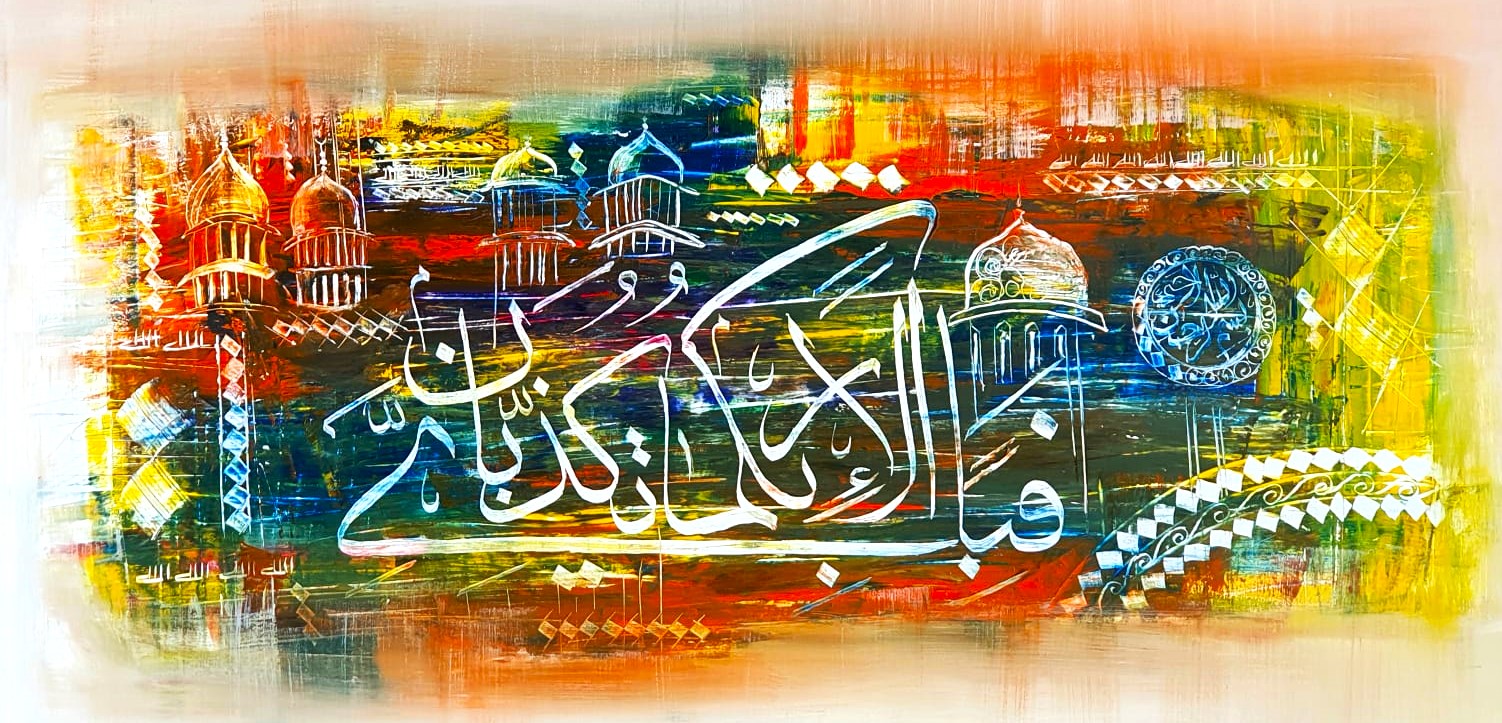Painting, one of humanity’s most enduring forms of artistic expression, has evolved significantly over millennia. From the earliest cave paintings to the avant-garde movements of the modern era, the journey of painting reflects broader changes in society, technology, and culture. This article delves into the evolution of painting, tracing its development from ancient times through various art movements, and highlights how different styles and techniques have shaped the masterpieces that continue to captivate audiences today.
### **1. Ancient Beginnings: The Dawn of Painting**
**Cave Paintings and Early Art**
The origins of painting can be traced back to the prehistoric era, with cave paintings such as those found in Lascaux and Altamira. These early works, created between 30,000 and 15,000 BCE, offer a glimpse into the lives and beliefs of early humans. The vivid depictions of animals and hunting scenes were created using natural pigments and rudimentary tools, reflecting the importance of art in ritual and survival.
**Ancient Civilizations**
As civilizations emerged, so did the sophistication of painting techniques. In ancient Egypt, paintings were highly stylized and symbolic, serving both religious and ceremonial purposes. The use of hieratic scale and symbolic colors helped convey the social status and divine nature of the depicted figures. Similarly, ancient Greece and Rome saw the development of frescoes and encaustic techniques, with a focus on realism and the representation of human figures and landscapes.
### **2. The Renaissance: Rebirth of Classical Ideals**
**Rediscovery of Perspective and Anatomy**
The Renaissance, spanning the 14th to the 17th centuries, marked a period of profound transformation in painting. Artists like Leonardo da Vinci, Michelangelo, and Raphael embraced the classical ideals of symmetry, proportion, and perspective. Leonardo’s “The Last Supper” and Michelangelo’s Sistine Chapel ceiling exemplify the era’s commitment to realism and human anatomy, achieved through the study of classical texts and the application of linear perspective.
**Innovations in Techniques**
During the Renaissance, oil painting became a dominant medium, allowing for greater flexibility and depth in color and texture. Artists such as Titian and Rembrandt explored the use of light and shadow to create dramatic effects and more lifelike representations. The era’s focus on naturalism and human emotion set a new standard for artistic expression and technical skill.
### **3. The Baroque to Romanticism: Embracing Drama and Emotion**
**Baroque Drama and Grandeur**
The Baroque period (17th to early 18th centuries) was characterized by dramatic use of light, movement, and emotional intensity. Artists like Caravaggio and Rembrandt used chiaroscuro to enhance the theatricality of their compositions, while painters such as Peter Paul Rubens and Diego Velázquez captured dynamic scenes and rich textures. The Baroque style emphasized grandeur and the sensory experience, reflecting the tumultuous social and political climate of the time.
**Romanticism and Individual Expression**
In the late 18th and early 19th centuries, Romanticism emerged as a reaction against the rigid constraints of neoclassicism and the Enlightenment. Romantic painters like J.M.W. Turner and Eugène Delacroix focused on emotion, nature, and the sublime. Turner’s stormy seascapes and Delacroix’s vivid, expressive use of color conveyed intense personal and emotional responses to the world, paving the way for new forms of artistic exploration.
### **4. Modernism: Breaking with Tradition**
**Impressionism and the Embrace of Modern Life**
The late 19th century saw the rise of Impressionism, a movement characterized by its departure from traditional techniques and subjects. Artists like Claude Monet and Edgar Degas experimented with loose brushwork and captured fleeting moments of light and color. The focus shifted from meticulous detail to the overall impression of a scene, reflecting the rapid changes of modern life and technology.
**Abstract and Avant-Garde Innovations**
The 20th century brought a wave of avant-garde movements, including Cubism, Surrealism, and Abstract Expressionism. Pablo Picasso and Georges Braque revolutionized painting with Cubism, breaking down objects into geometric shapes and multiple perspectives. Surrealists like Salvador Dalí explored the unconscious mind through dreamlike imagery, while Abstract Expressionists such as Jackson Pollock and Mark Rothko pushed the boundaries of form and color, emphasizing spontaneity and emotion.
### **5. Contemporary Art: Embracing Diversity and Technology**
**Digital and Mixed Media**
In recent decades, the boundaries of painting have continued to expand with the advent of digital technology and mixed media. Contemporary artists are increasingly blending traditional painting techniques with digital tools, creating hybrid works that challenge conventional definitions of art. Artists like Julie Mehretu and Banksy use digital techniques and street art to address contemporary issues and engage with diverse audiences.
**Global Perspectives**
The global art scene has diversified, with artists from different cultural backgrounds contributing unique perspectives and styles. The integration of traditional techniques with modern influences reflects a broader, more inclusive approach to painting. Artists such as Yayoi Kusama and Ai Weiwei explore themes of identity, politics, and global interconnectedness, demonstrating how painting continues to evolve in response to an ever-changing world.
### **Conclusion**
The evolution of painting is a testament to the creativity and adaptability of human expression. From ancient cave paintings to contemporary digital works, painting has continuously transformed, reflecting changes in technology, society, and artistic vision. The journey from early symbolic art to the diverse and innovative practices of today highlights the enduring power of painting to capture the human experience and inspire awe. As artists continue to push the boundaries of what is possible, painting remains a vibrant and essential form of artistic exploration, inviting us to see the world through new and ever-changing perspectives.
